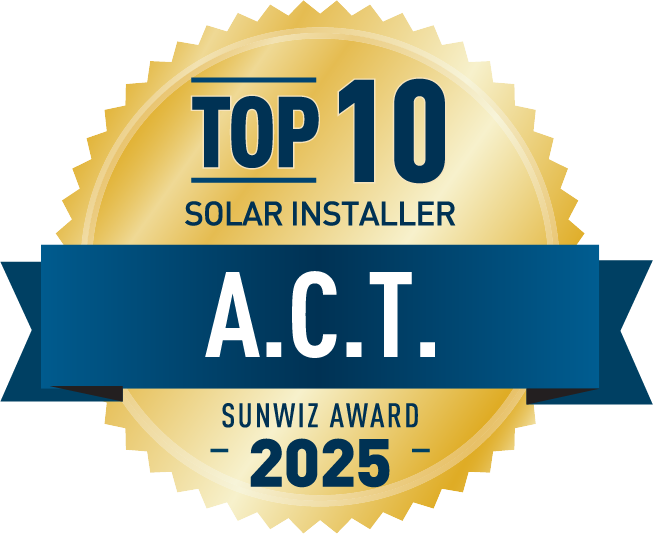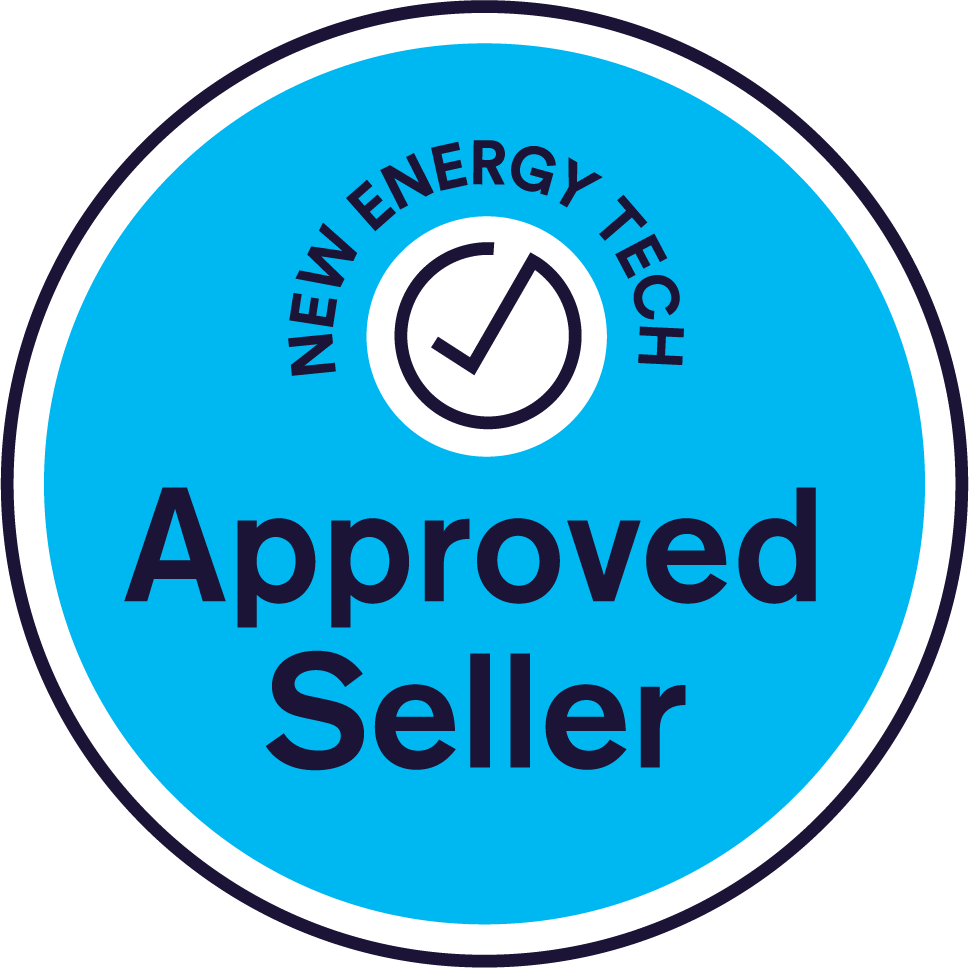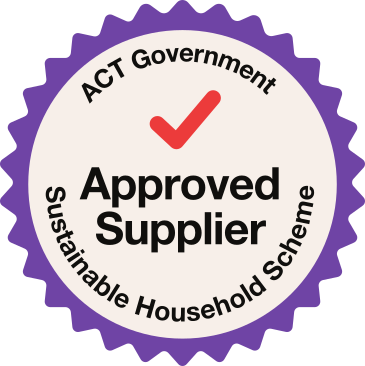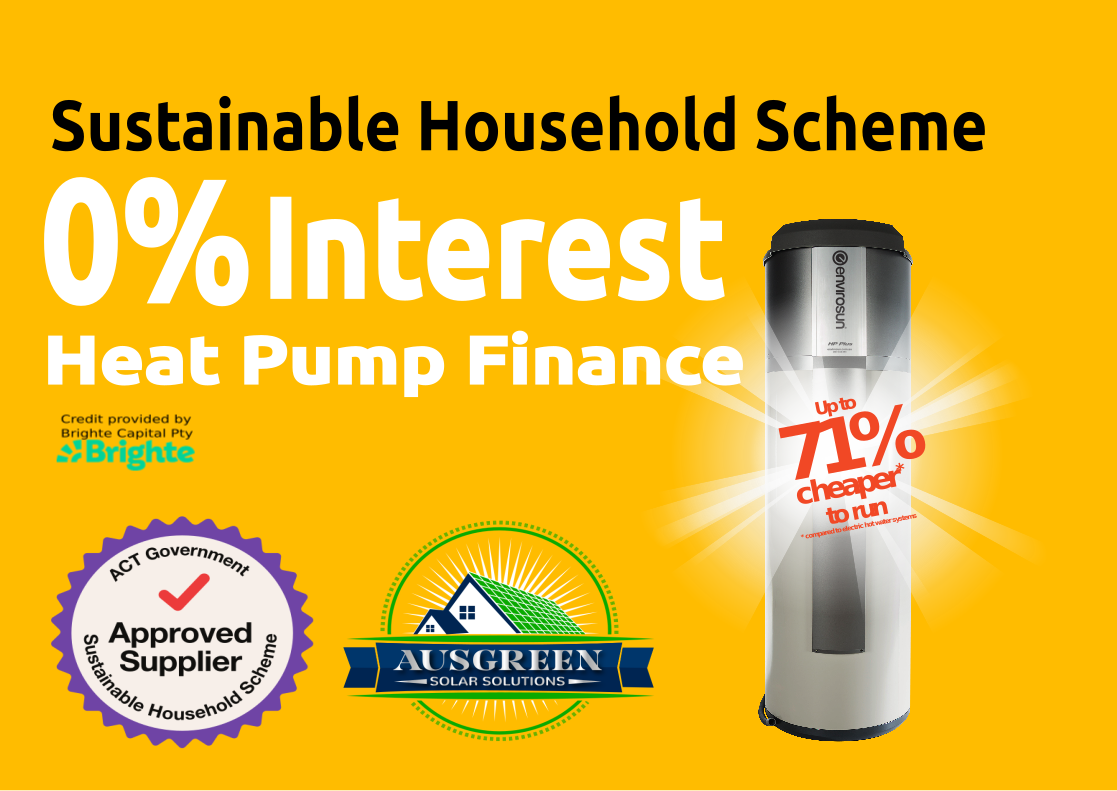Renewable Energy Scheme : A Comprehensive Guide
Introduction
Australia is rapidly advancing towards a cleaner and more sustainable future through various renewable energy schemes. These initiatives aim to reduce carbon emissions, promote green energy adoption, and support individuals and businesses in transitioning to renewable energy sources. Whether you're a homeowner looking for solar rebates or a business seeking sustainability incentives, understanding Australia's renewable energy scheme is crucial.
In this in-depth guide, we will explore the various aspects of renewable energy programs in Australia, providing valuable insights, benefits, and actionable steps to participate.
What is the Renewable Energy Scheme in Australia?
The renewable energy scheme in Australia encompasses a range of government-led programs that promote the adoption of renewable energy sources like solar, wind, hydro, and biomass. These schemes provide incentives, rebates, and regulatory frameworks to accelerate the nation's transition towards clean energy.
Importance of Renewable Energy in Australia
- Climate Change Mitigation: Reducing reliance on fossil fuels helps curb greenhouse gas emissions.
- Energy Independence: Harnessing local renewable sources enhances energy security.
- Economic Growth: Investing in renewables creates jobs and boosts local economies.
- Cost Savings: Households and businesses benefit from lower electricity bills.
Key Renewable Energy Schemes in Australia
1. Renewable Energy Target (RET)
The RET is a federal initiative that requires energy retailers to source a specific percentage of electricity from renewable sources. It consists of:
- Large-scale Renewable Energy Target (LRET)
- Small-scale Renewable Energy Scheme (SRES)
2. Small-scale Renewable Energy Scheme (SRES)
Under the SRES, households and small businesses installing eligible solar panels, wind systems, or hydro units can receive Small-scale Technology Certificates (STCs), which can be traded for financial benefits.
3. Large-scale Renewable Energy Target (LRET)
The LRET encourages large-scale solar farms, wind projects, and hydro power generation by issuing Large-scale Generation Certificates (LGCs) that can be sold to energy providers.
4. Solar Rebates and Incentives
Several federal and state-based solar rebate programs exist, including:
- STCs under SRES
- State-specific solar rebates (e.g., Victoria's Solar Homes Program)
- Feed-in Tariffs (FiTs) for exporting solar energy to the grid
5. Battery Storage Incentives
- Home Battery Scheme (South Australia)
- Solar Battery Rebate (Victoria)
- Australian Renewable Energy Agency (ARENA) funding
6. Energy Efficient Grants and Loans
Various state governments offer grants and low-interest loans for businesses and homeowners investing in energy-efficient technologies.
7. Renewable Energy Zones (REZs)
REZs are designated areas for large-scale renewable projects, facilitating infrastructure development and investment.
8. State-Specific Renewable Energy Programs
Each state in Australia has unique programs, such as:
- NSW Empowering Homes Program
- Queensland Solar Bonus Scheme
- Western Australia’s Distributed Energy Buyback Scheme
Technical Aspects of Renewable Energy Systems
9. Solar Panel Efficiency and Performance
- Monocrystalline vs. Polycrystalline Panels: Monocrystalline panels offer higher efficiency but are more expensive.
- Inverter Types: String inverters vs. microinverters impact energy conversion efficiency.
- Optimal Solar Panel Placement: Proper angling and orientation maximize sunlight absorption.
10. Wind Energy Infrastructure
- Onshore vs. Offshore Wind Farms: Offshore wind has higher efficiency but greater installation costs.
- Turbine Size and Power Output: Larger turbines generate more electricity but require more space and investment.
11. Battery Storage Technology
- Lithium-ion vs. Lead-acid Batteries: Lithium-ion is more efficient and has a longer lifespan.
- Grid-connected vs. Off-grid Systems: Off-grid requires higher battery capacity for energy independence.
Cost Analysis of Renewable Energy in Australia
12. Upfront Costs vs. Long-term Savings
- Solar Panel Installation Costs: Average $3,000 - $10,000 for a residential system.
- Battery Storage Costs: Typically $5,000 - $15,000 for a home battery.
- Government Incentives: Reduce upfront costs through rebates and tax credits.
13. Return on Investment (ROI) for Solar Systems
- Payback Period: Most systems break even within 4-7 years.
- Energy Savings: Households can save $500 - $2,000 annually on electricity bills.
- Feed-in Tariffs: Sell excess power back to the grid for additional income.
14. Comparing Renewable Energy Costs to Fossil Fuels
- Levelized Cost of Energy (LCOE): Solar and wind are now cheaper per kWh than coal and gas.
- Maintenance Costs: Renewables have lower ongoing maintenance costs compared to fossil fuel plants.
How to Apply for Renewable Energy Incentives
- Determine eligibility: Check if your household or business qualifies for incentives.
- Choose an accredited installer: Ensure your solar or wind system is installed by a Clean Energy Council (CEC) accredited provider.
- Apply for certificates or rebates: Submit applications via the respective government portals.
- Monitor your savings: Track energy savings and financial benefits from lower electricity bills.
Common Challenges and How to Overcome Them
- High Upfront Costs: Leverage rebates, loans, and incentives to offset initial expenses.
- Intermittency of Renewable Energy: Invest in battery storage to ensure continuous power supply.
- Regulatory Complexity: Stay informed about government policies through official websites.
FAQs on Renewable Energy Scheme Australia
1. What is the Small-scale Renewable Energy Scheme (SRES)?
It provides financial incentives for installing eligible small-scale renewable energy systems.
2. How do I claim the solar rebate in Australia?
You can claim rebates through your installer, who will apply for Small-scale Technology Certificates (STCs) on your behalf.
3. What is the difference between STCs and LGCs?
STCs apply to small-scale installations, while LGCs are for large-scale renewable projects.
4. Are feed-in tariffs still available?
Yes, but rates vary by state and energy retailer.
5. What financial support is available for battery storage?
South Australia and Victoria offer rebates for home battery systems.
6. Can businesses apply for renewable energy incentives?
Yes, several grants and tax benefits are available for businesses adopting renewables.
7. What are Renewable Energy Zones (REZs)?
REZs are areas designated for large-scale renewable projects to facilitate investment.
8. What is the Large-scale Renewable Energy Target (LRET)?
It incentivizes large-scale renewable projects by issuing Large-scale Generation Certificates (LGCs).
9. Is there government funding for community solar projects?
Yes, grants are available through the Australian Renewable Energy Agency (ARENA).
10. How can I find accredited solar installers?
Check the Clean Energy Council (CEC) website for a list of approved providers.
Conclusion
Australia’s renewable energy scheme plays a crucial role in transitioning towards a sustainable future. By understanding and leveraging available incentives, households and businesses can contribute to a cleaner environment while enjoying financial benefits.
Call to Action
Are you ready to switch to renewable energy? Explore government incentives and find an accredited installer today to start your journey towards a greener future!



